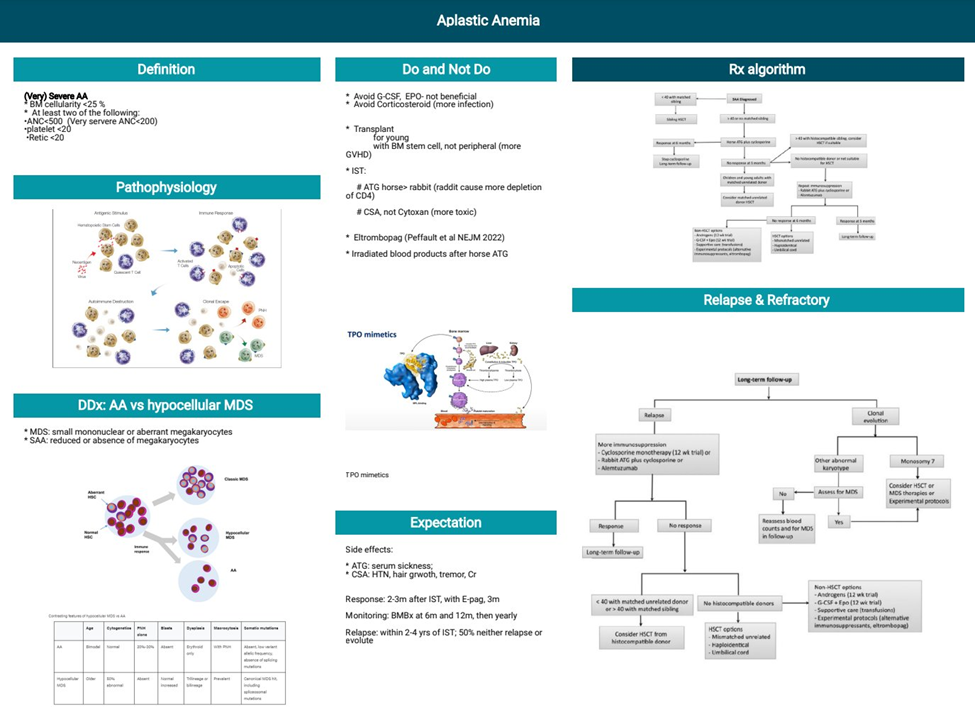A nurse is reviewing the laboratory values of a client who is at risk for disseminated intravascular coagulopathy. Which of the following values should the nurse report to the provider?
Platelets 156,000/mm³
Fibrinogen 85 mg/dL
PT 12 seconds
PTT 64 seconds
The Correct Answer is B
A. Platelets 156,000/mm³: This platelet count is within the normal range (normal range: 150,000 to 400,000/mm³). Although disseminated intravascular coagulopathy (DIC) can lead to thrombocytopenia (low platelet count), the platelet count in this scenario is not indicative of DIC.
B. Fibrinogen 85 mg/dL: This is the correct answer. A decreased fibrinogen level is often seen in DIC. Fibrinogen is consumed in the formation of microclots, and a low level may indicate ongoing coagulation.
C. PT 12 seconds: The prothrombin time (PT) is within the normal range. In DIC, the PT may be prolonged due to the consumption of clotting factors, but in this case, the PT is normal.
D. PTT 64 seconds: The partial thromboplastin time (PTT) is prolonged, which can be an indication of DIC. However, the more specific indicator in this scenario is the low fibrinogen level.
Nursing Test Bank
Naxlex Comprehensive Predictor Exams
Related Questions
Correct Answer is B
Explanation
A. Aplastic anemia results in an inability to absorb vitamin B12: This statement is incorrect. Aplastic anemia is not related to the absorption of vitamin B12. It primarily involves a decrease in the production of blood cells by the bone marrow.
B. Aplastic anemia results from decreased bone marrow production of RBCs: This is the correct information. Aplastic anemia is a condition characterized by the failure of the bone marrow to produce an adequate number of blood cells, including red blood cells (RBCs), white blood cells (WBCs), and platelets.
C. Aplastic anemia results in an increased rate of RBC destruction: This statement is incorrect. Aplastic anemia is not associated with an increased rate of RBC destruction. Instead, it is characterized by a reduction in the number of blood cells produced by the bone marrow.
D. Aplastic anemia is associated with a decreased intake of iron: This statement is incorrect. Aplastic anemia is not related to a decreased intake of iron. It is primarily a disorder of bone marrow function leading to insufficient production of blood cells.

Correct Answer is D
Explanation
A. Remove the catheter: Removing the catheter may not be the immediate priority. The nurse should focus on preventing further air entry into the circulation and addressing the symptoms.
B. Replace the infusion system: While ensuring that the infusion system is intact is important, it is not the primary action needed to manage an air embolism.
C. Prepare for chest tube insertion: Chest tube insertion is not the primary intervention for an air embolism. The focus should be on preventing the progression of the embolism and providing supportive care.
D. Place the client on his left side in Trendelenburg position: This is the correct answer. Placing the client on the left side in Trendelenburg position is a maneuver used to trap air in the right atrium, preventing it from traveling to the pulmonary artery. The left side position helps to prevent the air from traveling to the right ventricle and into the pulmonary artery, reducing the risk of further complications.
Whether you are a student looking to ace your exams or a practicing nurse seeking to enhance your expertise , our nursing education contents will empower you with the confidence and competence to make a difference in the lives of patients and become a respected leader in the healthcare field.
Visit Naxlex, invest in your future and unlock endless possibilities with our unparalleled nursing education contents today
Report Wrong Answer on the Current Question
Do you disagree with the answer? If yes, what is your expected answer? Explain.
Kindly be descriptive with the issue you are facing.
